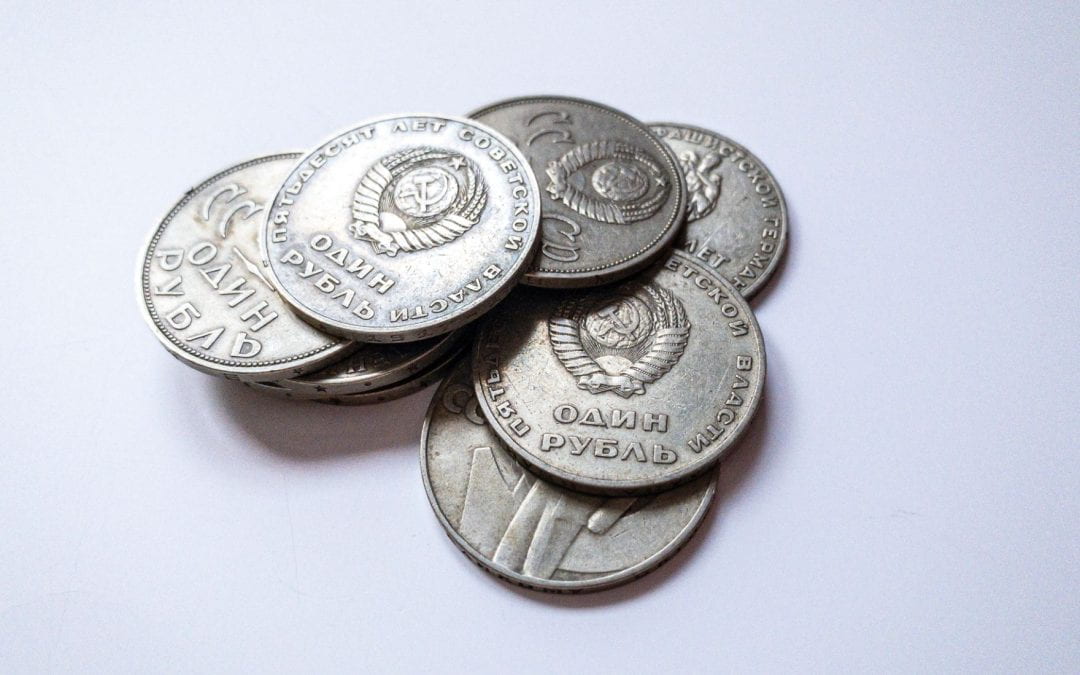Words by Jon Unruh, McGill University and Geoffrey Goodell, UCL
Photo by Anton Maksimov 5642.su on Unsplash
International momentum is growing to seize Russian state assets, including central bank reserves, to pay for rebuilding a post-war Ukraine instead of expecting western taxpayers to foot the bill.
Canada has moved beyond sanctions, freezes and seizure of private assets to pave the way to seizing state assets — and other countries are poised to follow suit.
But will seizing Russian state assets discourage Russia from ending the war? Or is it instead a new tool for peacemaking?
Canada leads the world with its recent amendment to the Special Economic Measures Act (SEMA) allowing the seizure of Russian state assets in addition to private assets to rebuild Ukraine. But there’s concern it could lead to a loss of leverage with Russia in terms of efforts to pressure it to end the war.
Sanctions and leverage
Current tools used to try to halt a warring state’s actions —sanctions, embargoes, asset freezes and international exclusion, for example — are designed to be reversible so as to create leverage. The message, essentially, is this: stop the war, and you’ll get your trade, assets and access back.
While less than effective much of the time (which explains the ongoing nature of many sanctions against Russia), this is nonetheless the favoured logic of the international community.
The current war in Ukraine is causing a reconsideration of this logic. With sanctions on Russia clearly not working — Russian officials seem to be assuming they’ll get their trade, assets and access back — the prolonged war is increasing the cost of reconstruction enormously.
Western taxpayers are not keen to foot the bill for this, especially when the value of Russian state assets frozen by the West is so large.
The obvious alternative is to simply use the frozen Russian money instead of hard-earned western taxpayer funds to rebuild Ukraine. It’s an attractive logic, but has been criticized for being non-reversible, thereby depriving the West of a way to pressure Russia to end the war.
Certain western countries are concerned about this. But Canada draws a different conclusion.
Different types of leverage
Canadian Sen. Ratna Omidvar successfully pushed for the modification of SEMA to allow for the seizure of an aggressor state’s assets for use in reconstructing countries it invades.
While other states are keen to follow, the concern about a loss of leverage persists. However, the way seizure happens can mean the difference between losing leverage and creating leverage — and the possible birth of a new tool.
Leverage in international relations is a curious thing. There is “reward leverage,” when states are rewarded for complying with international norms. Unfreezing assets falls into this category.
Then there is “threat leverage,” with the threat of progressively punishing countermeasures that can be put in place for non-compliance. There’s also “reversible rewards” that combine the two approaches.
While seizing Russian state assets may lessen the reward leverage associated with unfreezing assets, it can also, if done right, create significant threat leverage.
If the seizure of assets is explicitly and publicly linked to specific belligerent actions — like targeting civilians, refusing to return abducted children, destroying civilian infrastructure or failing to de-escalate — then the phased seizure becomes a tool that acts as a threat against further belligerent actions. It’s linked to specific asset seizures in the future.
The phased confiscation of assets therefore has three purposes: it serves as progressive punishment, as money used to rebuild and as leverage against a state for further harms.
Russia only the first target
In the case of Russia, it’s not clear such actions would have a major impact on how it’s waging its war in Ukraine.
However, Omidvar’s recent speech outlining the SEMA amendment explicitly noted that the Ukraine war is just the first conflict that will be affected, with belligerent states in future wars very much a target.
That’s why Omidvar’s amendment introduces a new tool that can be used against aggressor states in cases where sanctions are ineffective, as in Sudan, Syria and Myanmar, to name just a few areas of conflict.
The tool has two components.
The first is that the seizure itself sends a message to potential aggressors that assets will be confiscated if armed aggression toward another state takes place, thereby encouraging belligerent nations to rethink their course of action.
The second is that with a war underway, seizures linked to specific belligerent actions or inactions constitute a progressive series of punishments that creates leverage against any state that continues its aggressive actions.
That new tool aligns with the recognition that new approaches are needed when it comes to dealing with aggressive states like Russia, and international law is open to evolving.
The war in Ukraine is teaching the world many lessons, among them the ineffectiveness of conventionally applied sanctions. Additional tools are needed not just for the current war, but for future military conflicts. The international community would do well to emulate Canada’s approach.
The authors would like to acknowledge Michael Cholod, executive director of The Peace Coalition, for his contributions to this article.![]()
Jon Unruh, Professor, Geography Department, McGill University and Geoffrey Goodell, Lecturer in Financial Computing, UCL
This article is republished from The Conversation under a Creative Commons license. Read the original article.

